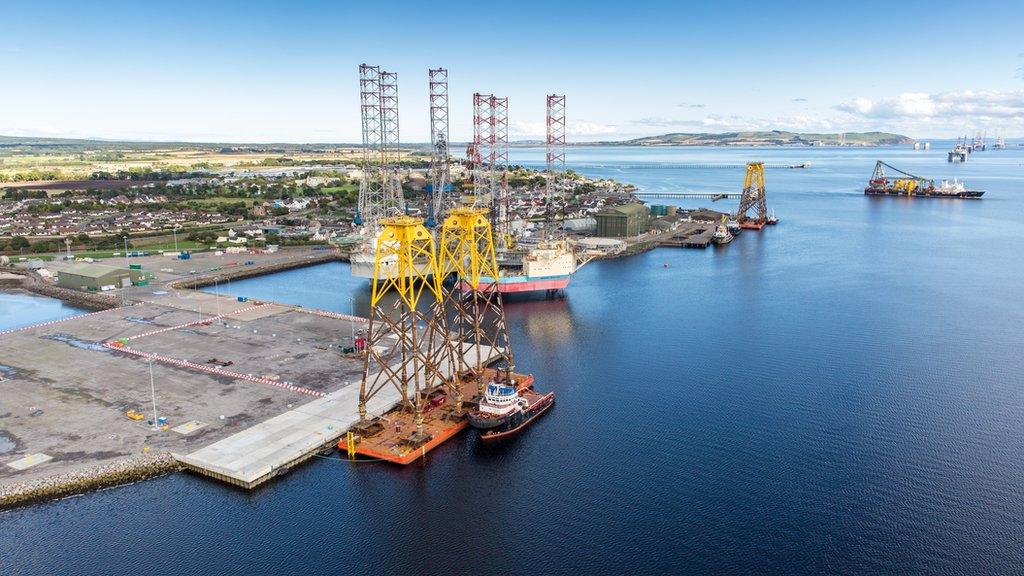Experts focus on Cromarty Firth for offshore wind
- Published
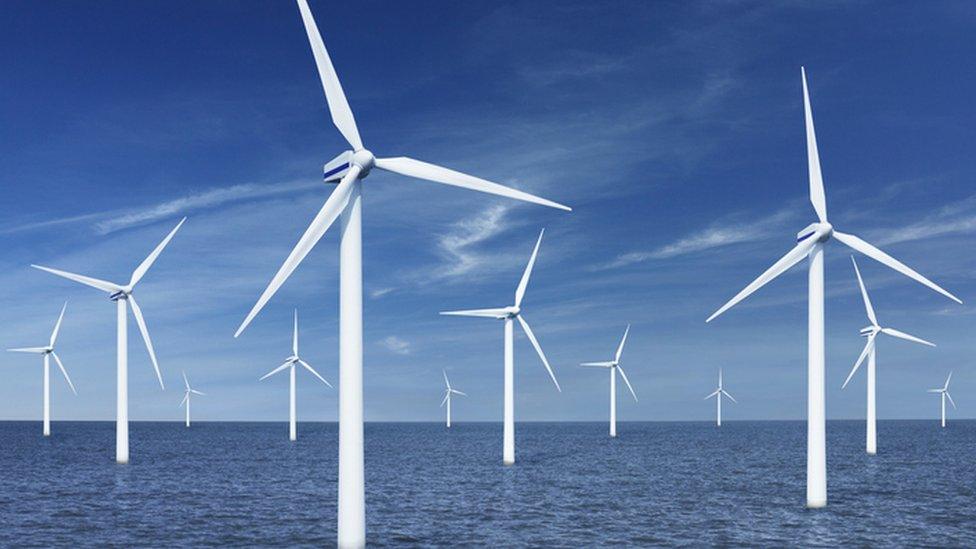
Energy experts have selected the Cromarty Firth as the focus for co-ordinated and major investment in the next generation of offshore wind power.
Nigg and Invergordon in Easter Ross are seen as having the best combination of deep water access, dockside space, skills and readiness.
Ardersier, the former fabrication yard near Inverness, could also become part of that cluster.
That would depend on its sea access from the Moray Firth being dredged.
The Cromarty Firth recommendation is included in a strategic assessment compiled for the Scottish Offshore Wind Energy Council by a top level group representing industry and government.
It is chaired by Sir Jim McDonald, principal of Strathclyde University and an energy engineer.
The report highlights how previous Scottish offshore wind contracts and jobs undershot even the least ambitious scenarios.
In 2010, the industry and government experts set out ambitions for more than 28,000 Scottish jobs in offshore wind power, and more than 10 gigawatts of capacity.
Yet it is estimated there are now fewer than 1,000 jobs, only one large offshore windfarm and less than 1 gigawatt in place.
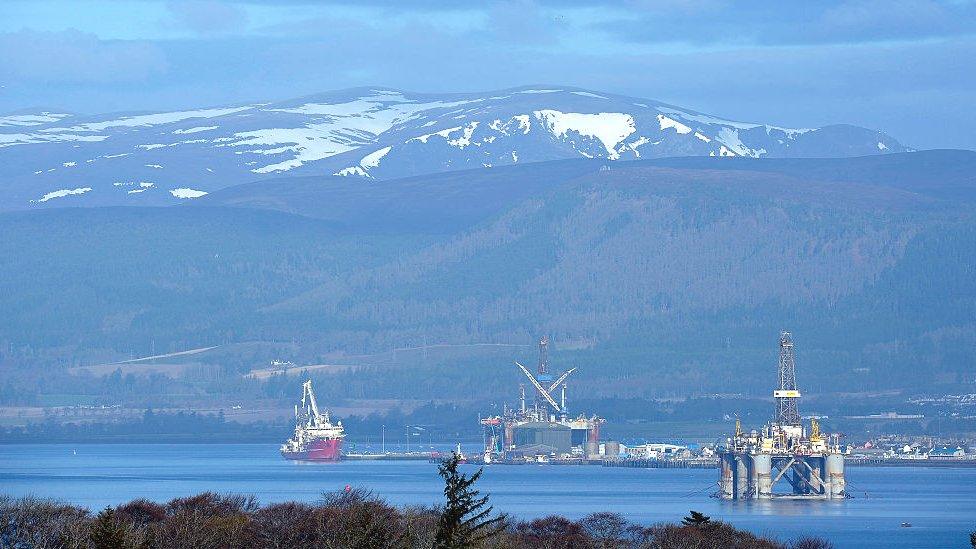
Nigg is seen as having one of the best combinations of facilities, skills and readiness
Highland locations such as Nigg and Invergordon are widely seen as attractive because they are close to several of the biggest blocks of sea area allocated for offshore wind developments over the next 10 years.
With a doubling of the current port capacity, and with government investment as a vital stimulus, the group argues such a cluster has the potential for a £1.5bn boost to the economy at first.
With further investment in ports, that could grow to three times as much, it says.
Other ports that hope to gain from the next wave of offshore wind include Leith, Aberdeen and Dundee, with plans also for Hunterston in Ayrshire, Loch Kishorn in Wester Ross, Stornoway, Orkney and Shetland.
The report says Scotland could use the benefits of establishing a cluster of activity as the basis for exporting manufactured goods and expertise.
It also concludes that Scotland is already too late to compete internationally in the supply industry for turbines fixed to the seabed.
It argues there has to be better co-ordination than Scotland has seen in the past decade, among private sector companies, with Scottish and UK governments and across port operators.
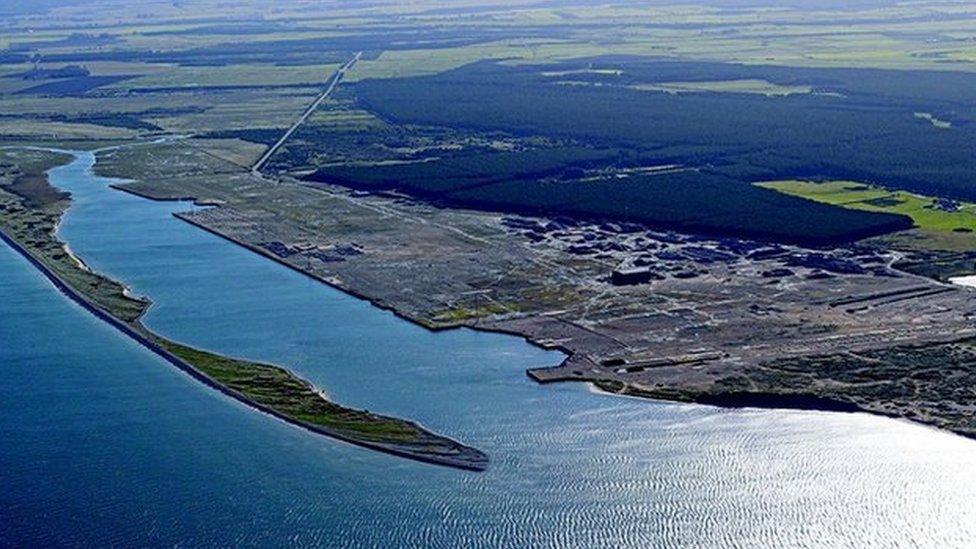
The report says Ardersier could become part of an offshore wind cluster
The strategic investment assessment recommends that selecting and investing in a port cluster is an early priority for improved collaboration.
It sets out the need for companies to plan well ahead for contract opportunities, and to adapt to a contracting system that benefits incumbents.
It says this will require improved and substantial government support, including more effort with industry to get out of Scotland to meet the first-tier contractors who place the work, and to sell what it can do.
The report also has a strong emphasis on learning from the oil and gas industry, and using its offshore skills, particularly in sub-sea engineering.
'Collective determination'
Sir Jim McDonald said Scotland will be one of the first countries in the world looking to deliver floating offshore wind at scale.
He said: "If Scottish companies are involved in the first generation of floating offshore wind projects, then they will be in a position to sell this expertise around the world.
"However, winning this opportunity will need collective effort and determination.
"Scottish ministers and industry leaders must clearly understand and provide the level of commitment and action needed, and create the opportunity to forge an effective partnership if we are to grow Scottish success."
Scottish Renewables chief executive Claire Mack said the report set "a welcome challenge to the renewables industry and government to deliver a major green industrial expansion for Scotland".
The report calls for decisions on a focused cluster by the end of this year.


The Cromarty Firth is a spectacular natural harbour, long used as a parking lot for oil drilling rigs.
Near the Sutors, the two hills that guard its narrow entrance, and opposite the village of Cromarty, Nigg was chosen to become one of the biggest steel fabrication yards for the North Sea industry, employing up to 5,000 people.
It has since seen lean times, followed by a resurgence under the ownership of Global Energy, led by Roy McGregor.
He sat on the executive committee that drew up the report for the Scottish Offshore Wind Energy Council, a body comprising Scottish government and industry.
It recommends the industry must get much sharper about selling itself to overseas contractors and to those outside the industry.
And on the evidence of the key recommendation - to put Nigg and Invergordon at the centre of Scotland's efforts to capture benefit from this fast-moving business opportunity - Roy McGregor can show them how it's done.
Global Energy has looked ahead to the demands of the huge new phase of offshore wind, and invested.
Refreshingly blunt
The report makes clear that other port operators have been too slow, waiting for contracts or for government, or both.
It is also refreshingly blunt about the vast gulf between overblown ambition and rhetoric and what has been achieved over the past decade.
Four widely-varying scenarios were set out in 2010. And by 2020, the actual achievement undershot even the least ambitious.
The blame for that is distributed widely. But this report offers important lessons not only in what needs to happen next, but in learning to be realistic with the targets and rhetoric about the great energy transition.
Scotland is currently a pioneer and world leader in floating wind power, as the windy location of choice, although not as developer of the technology.
The report sets out how fast its lead will be swamped by the scale of investment worldwide, leaving it with only 5% of floating wind power.
At that scale, big ambitions and rhetoric are no substitute for early investment, collaboration, hard work in engineering, and selling what it can actually do.
- Published22 July 2021
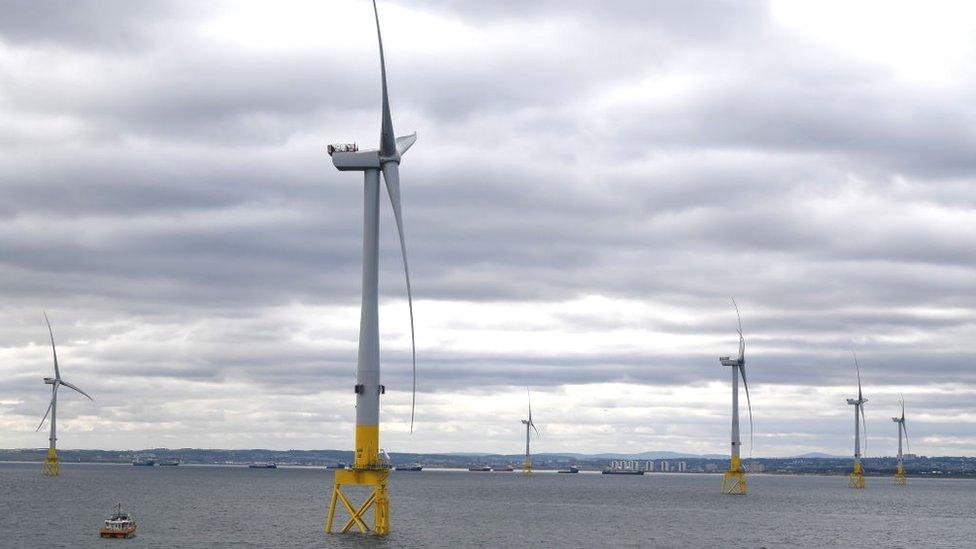
- Published16 July 2021
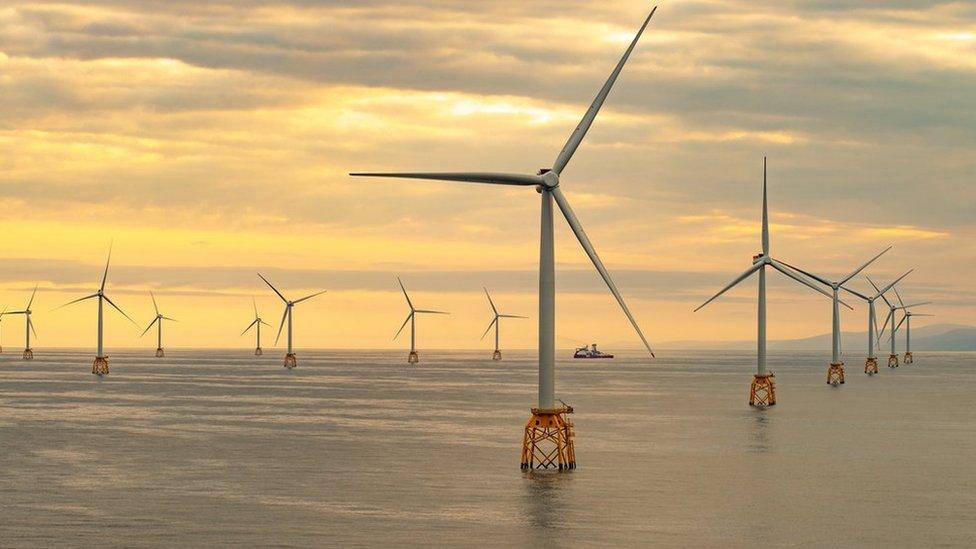
- Published19 November 2018
